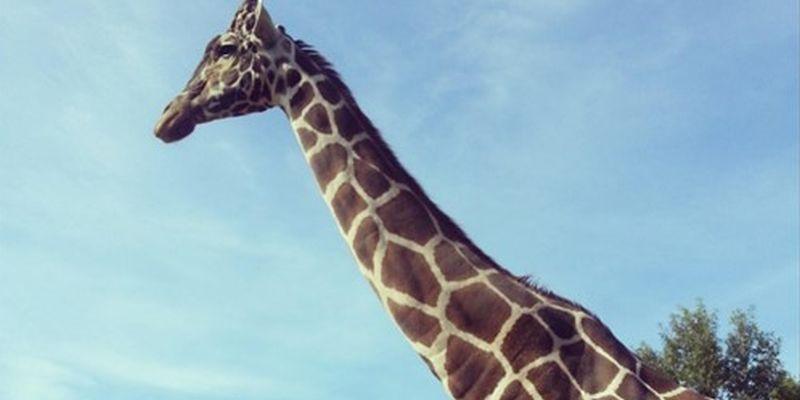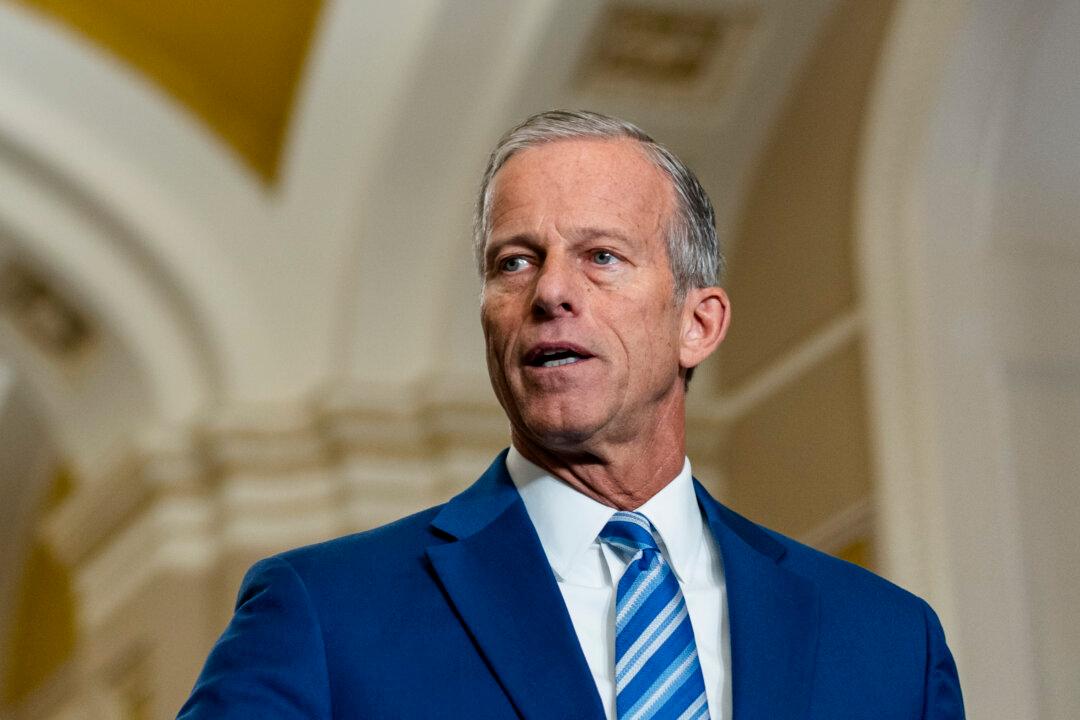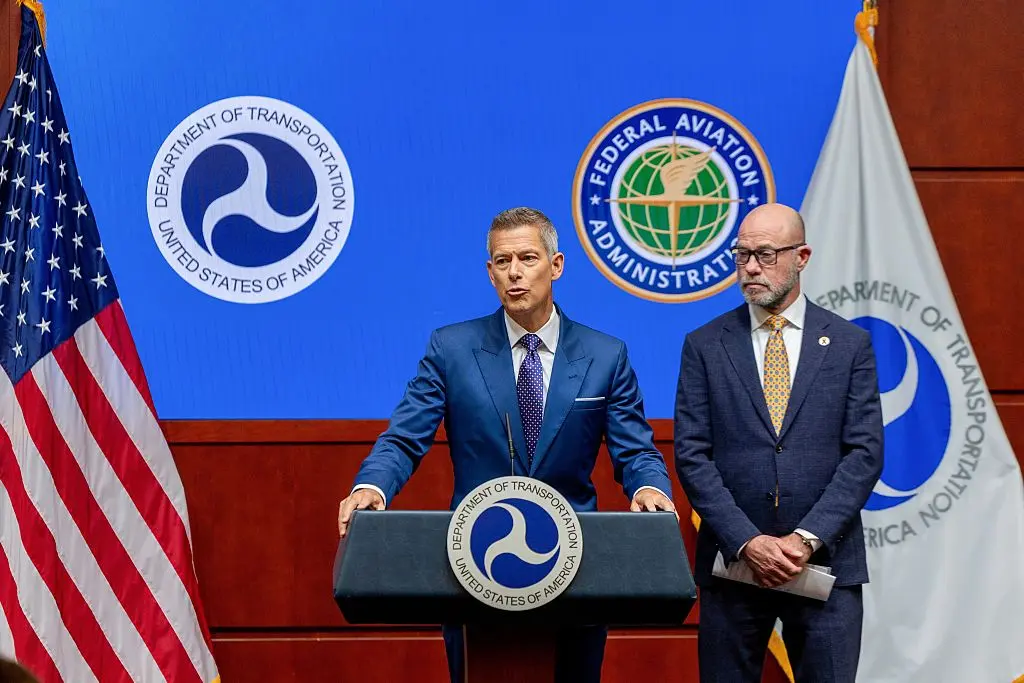The Jacksonville Zoo in Florida announced the death of 21-year-old giraffe Duke, which sired 18 calves since 2003.
“Unlike a person with extremely acute arthritis, an immobile giraffe is unable to utilize braces, canes or other mechanized assistance. Once a giraffe goes down, their prospects are bleak at best,” said Deputy Zoo Director Dan Maloney.





